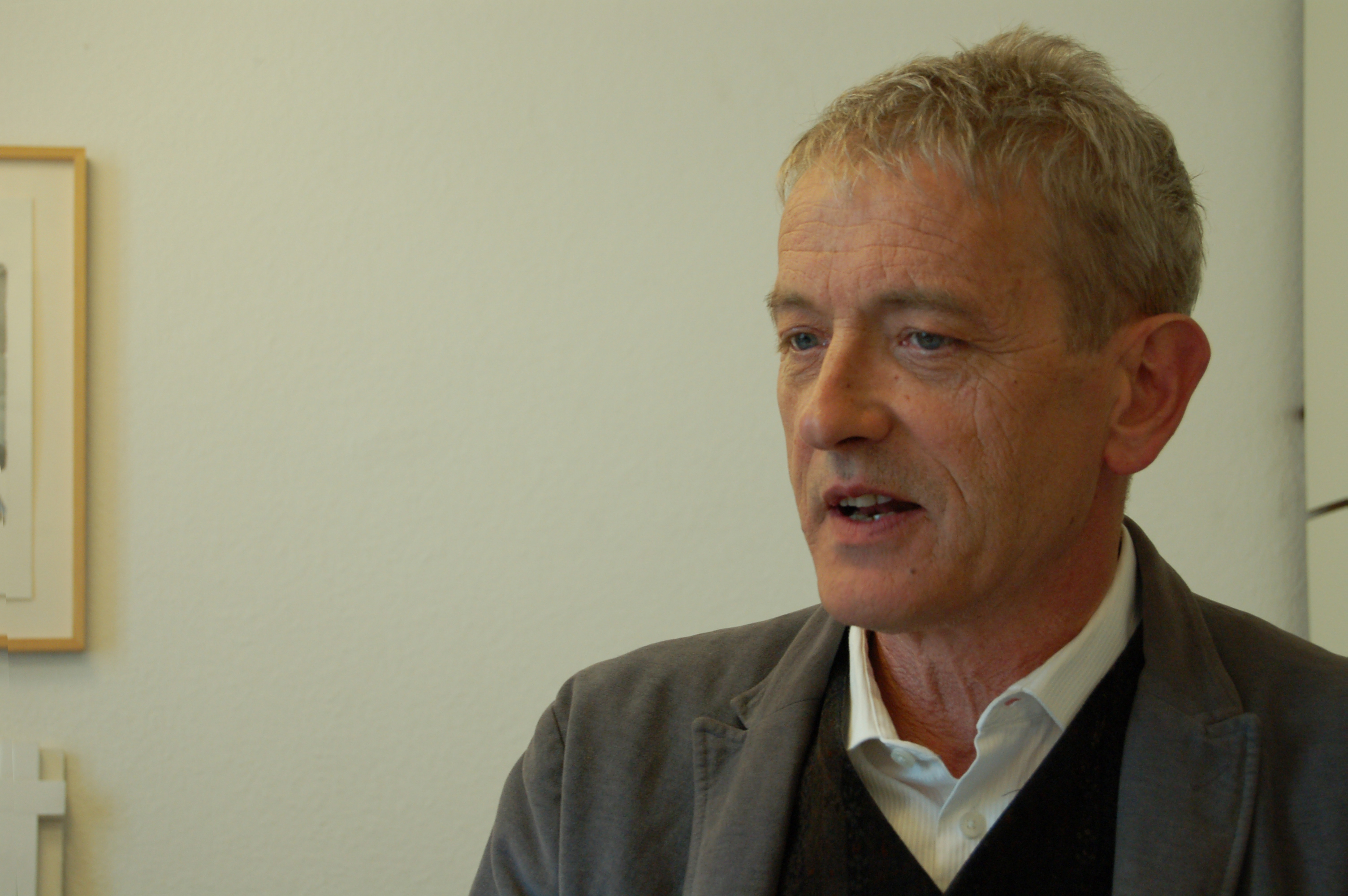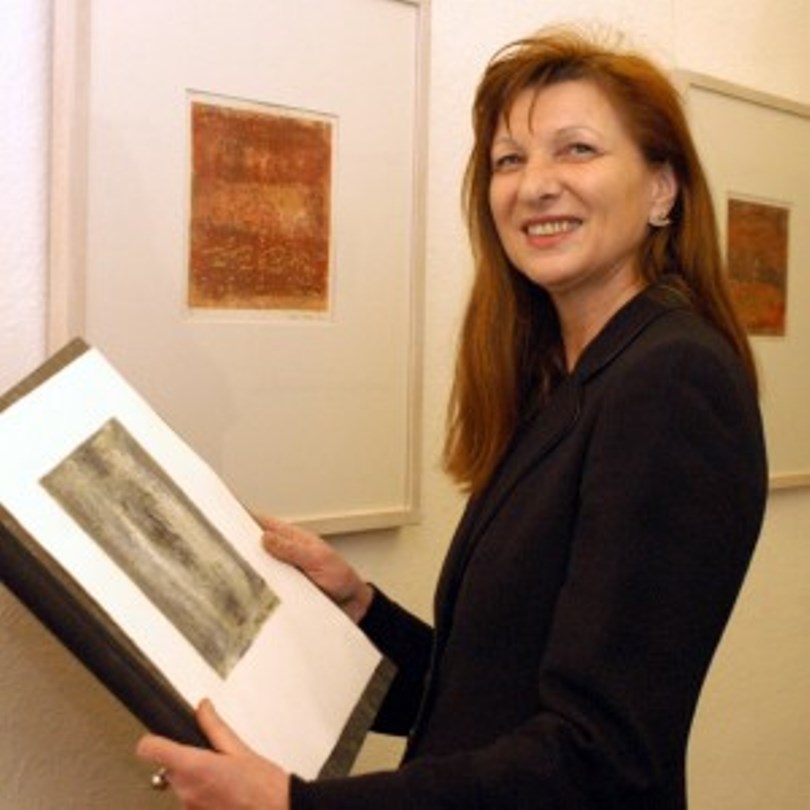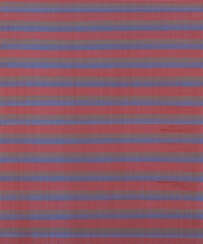
1169: Contemporary Curated

Thomas Huber is a Swiss contemporary artist renowned for his ability to weave metaphysical narratives and architectural elements into his figurative paintings. Thomas Huber has cultivated a unique artistic language that explores the relationship between space, reality, and perception through a blend of surreal scenarios and precise perspective.
Thomas Huber's work is characterized by its introspective quality, often described as "paintings about paintings," reflecting on the nature of art itself. His style, marked by clean lines and a cool, detached aesthetic, uses architecture and space to question the boundaries between illusion and reality. This approach has led to a body of work that is both ironic and timeless, inviting viewers into a fantasy world constructed from complex symbols and contradictory elements.
Throughout his career, Huber has received numerous accolades, including the prestigious Prix Meret Oppenheim in 2013 and the Art Prize of the Heitland Foundation in 2005. His works are part of significant collections in both Germany and France, and he has been featured in solo and group exhibitions worldwide.
One of Thomas Huber's recent exhibitions, "Lago Maggiore" at MASI Lugano, showcases a series of large-scale paintings and watercolors inspired by the breathtaking views of Lake Maggiore. This body of work represents a pictorial homecoming for Huber, reflecting a shift in his artistic focus towards nature and the landscapes of his youth. The exhibition not only highlights Huber's transition from architectural to natural themes but also maintains his signature exploration of the imaginary and real through meticulous composition and atmospheric depth.
For collectors and experts in art and antiques, Thomas Huber's oeuvre offers a rich exploration of the intersections between art, architecture, and the metaphysical. His ability to challenge and redefine perceptions of reality through his work makes him a significant figure in contemporary art.
To discover more about Thomas Huber's work and to stay updated on new sales and auction events related to his art, signing up for updates is highly recommended. This subscription is a valuable resource for anyone interested in the evolving landscape of contemporary art and the unique contributions of Thomas Huber.

Esteban Fekete was a Hungarian, German, and Argentine painter. He worked and experimented in different techniques - color woodcuts, oil paintings on canvas, wood or organelite. In his paintings we see the world of people, animals and their environment.

Albrecht Demitz is a German graphic artist and sculptor who belongs to the "New Fauves" (German "Neue Wilde") group in Berlin. His paintings are often expressive, abstract and executed in expressive bright colors. He works in silkscreen techniques in particular, and creates sculptures from various materials - wood, twigs, stones, metals and waste.

Sergej Jensen is a contemporary Danish artist, known for his sparse paintings that highlight the formal intricacies of a painting’s structure. Through muted hues and eclectic mark-making, Jensen probes the subtly of materials. His work is perhaps best understood in the context of other Minimalist painters like Michael Krebber, Robert Ryman, and Blinky Palermo. Jensen has described his practice as "Painting without paint." His surfaces and materials are handled in a manner that the most delicate scrubbed and patinated areas act as expressive marks.
Sergej Jensen’s work draws on a wide range of materials and formal references. Primarily known for his textile works, his lyrical compositions incorporate a variety of fabrics, from burlap and linen to silk and wool.

Irmelin Sansen, or Irmelin Sansen, is a German artist and member of the Bottrop Artists Association. Her frescoes are reminiscent of desert landscapes and archaeological finds, evoking associations with industrial monuments, medieval residences, and Roman basilicas.

Irmelin Sansen, or Irmelin Sansen, is a German artist and member of the Bottrop Artists Association. Her frescoes are reminiscent of desert landscapes and archaeological finds, evoking associations with industrial monuments, medieval residences, and Roman basilicas.

Irmelin Sansen, or Irmelin Sansen, is a German artist and member of the Bottrop Artists Association. Her frescoes are reminiscent of desert landscapes and archaeological finds, evoking associations with industrial monuments, medieval residences, and Roman basilicas.

David Ostrowski is a contemporary German abstract painter. Ostrowski's eclectic work is characterized by its sense of Post-Minimalist apathy, wherein his canvases are sparsely decorated with haphazard marks, challenging the viewer’s assumptions of what a finished painting is. His compositions are constructed through non-traditional materials and techniques, including aerosol spray-paint or dirt from the studio floor, and regularly borrows techniques from other painting movements, such as the gesture of Abstract Expressionism or the restraint of Minimalism. His solo exhibitions include those held at Galerie Eva Presenhuber in Zürich, Peres Project in Berlin, the ICA in London, and Ltd. in Los Angeles.

Romuald Hazoumé, or Romuald Hutzoumck, is one of Africa's leading artists and winner of the Arnold Bode Prize (Germany). He was awarded the prize for his installation "Dream," a replica of a ship transporting economic migrants from Africa to Europe made of canisters. In his art he mostly uses old gasoline cans. Hazume also creates oil paintings, large-scale installations, videos, and photographs.

Michael Burges is a German abstractionist artist. He creates his creations in a special technique of mirror painting on glass "Reverse Glass Paintings". The materials used are acrylic, gold leaf, aluminum. His Reverse Glass Paintings have an extraordinary color presence and aesthetic precision. Thanks to a proprietary design with an aluminum frame, the works seem to float in front of the wall. They interact with light and reflection, with random color patterns and structures.

Cornelius Quabeck is a German abstraction artist. He often depicts humanized animals and monkeys, there are also portraits of television and music business stars - with a few strokes Quabeck puts animal ears, scars on their faces and turns them into hybrids. Kwabek also creates a series of subject photographic works.






































































